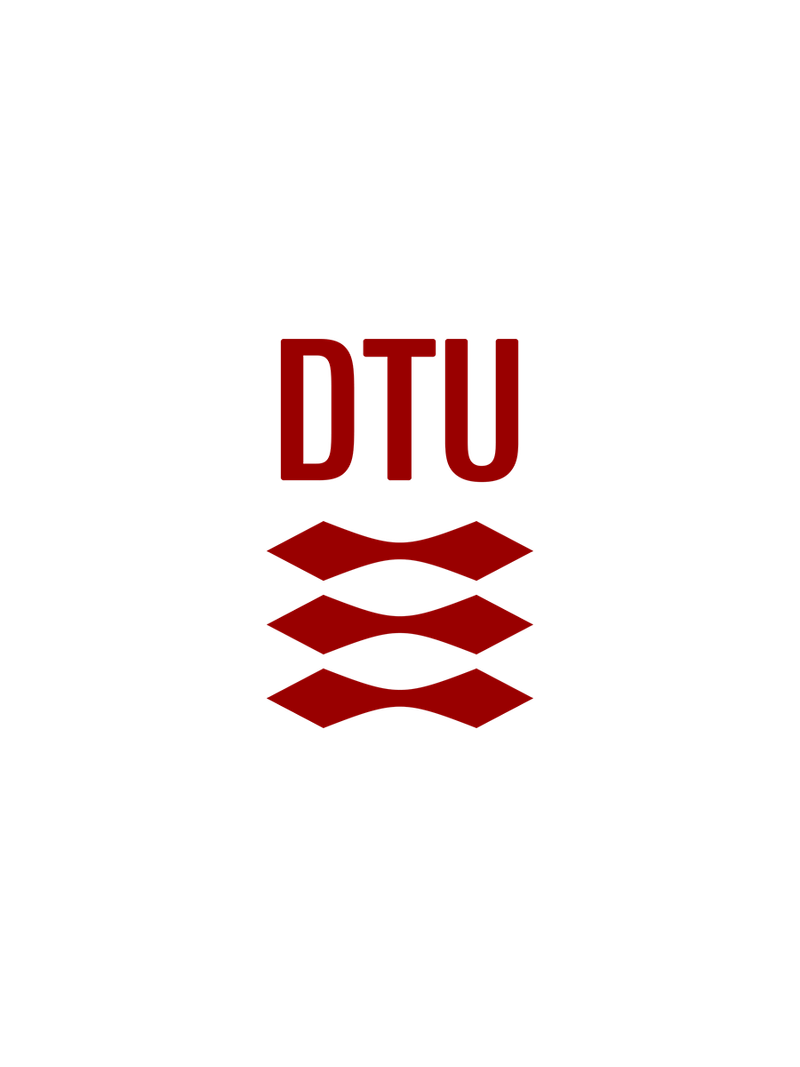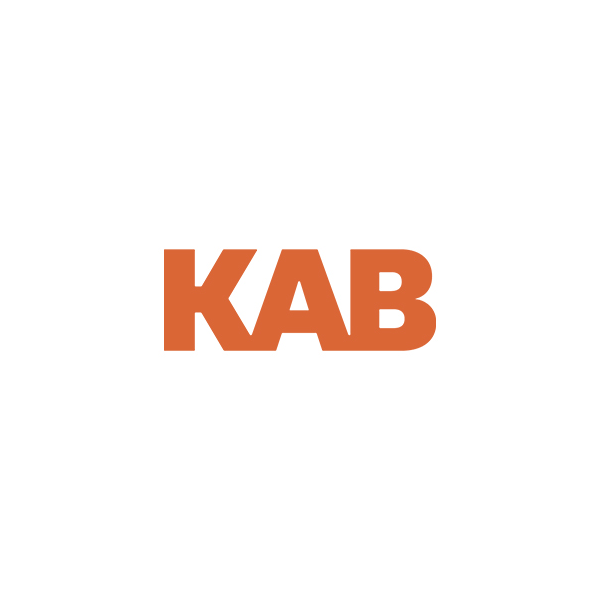Vi skal IKKE forbyde sociale medier til de unge - vi skal redesigne dem
De sociale medier er en social katastrofe. Forskerne har fundet løsningen: De skal ses positivt som en social mulighed for et bedre samfund. Lad os sige farvel til had og frygt, goddag til fællesskab og en sober debat.
Vi skal redesigne de sociale medier til at tjene fællesskab - og ikke se deres nuværende ulykke bringende design som en naturlov. Prosocial medie design kaldes det
Læs min analyse: https://dm.dk/kom/alle-artikler/2025/vi-skal-ikke-forbyde-sociale-medier-til-de-unge-vi-skal-redesigne-dem/
”Vi må fortsætte med at investere vores følelsesmæssige energi i sociale medieplatforme og kræve, at disse digitale rum forstærker vores kollektive styrker og opbygger meningsfulde forbindelser. Vi skal aktivt modarbejde tendenser, hvor algoritmer fremmer splittelse, vrede og overfladiskhed, og i stedet skabe digitale fællesskaber, der afspejler vores bedste menneskelige kvaliteter.” Citat Audrey Tang.
Nu har samfundet fået nok. Politiske indgreb er et folkekrav, med krav om bedre moderering af hadindhold fra tech-giganternes side. Naturligvis kombineret med et ønske om, at skolerne skal uddanne og danne borgerne i forhold til, hvordan de mere kritisk skal bruge de sociale medier.
Vi har nemlig overset en indlysende bedre løsning. Vi skal ikke forbyde de antisociale sociale medier, men tvinge tech-giganterne til at redesigne dem prosocialt eller søge mod prosocial designede medier, Vi skal ikke tage det ulykkebringende design for givet. Det er ikke blot en fix idé, men en ny teori udviklet af Taiwans digitaliseringsminister Audrey Tang og højt estimerede forskere fra Kings College i England og Microsoft. Den udfoldes videnskabeligt i artikler og bogen: "PLURALITY: The future of collaborative technology and democracy.

Hvad betyder det så i praksis? Vi skal offensivt designe den sociale samtale på de sociale medier i forhold til vores demokratiske idealer. Vi skal eksplicit markere, fremme og formidle indhold, som bygger bro mellem forskellige befolkningsgrupper og værdifællesskaber. Vi skal samtidig gøre det muligt at booste konstruktivt og brobyggende indhold.
Samtidig skal vi kræve, at de sociale medier linker ud og deler forskellige sandfærdige perspektiver og understøtter politisk pluralisme i deres design. På samme måde som politikere får samme afmålte taletid i politiske debatter, skal vi kræve, at de sociale mediers algoritme giver samme synlighed og dermed "taletid" til alle samfundets forskellige værdier.
Læs mere
Læs mere om prosociale medier
Audrey Tang og hendes kolleger har udviklet en omfattende teori om prosociale medier, som udfordrer den nuværende antisociale mediearkitektur. Nedenfor finder du en række centrale kilder, der kan uddybe forståelsen af dette paradigmeskift, herunder kilderne til de citater, der er anvendt i artiklen.
Akademiske artikler og rapporter
Tang, A., Weyl, E. G., & Siddarth, D. (2024). Prosocial Media: A Framework for Community-centered Design. arXiv:2502.10834. (Dette er den grundlæggende artikel, hvor konceptet om prosociale medier udfoldes teoretisk)
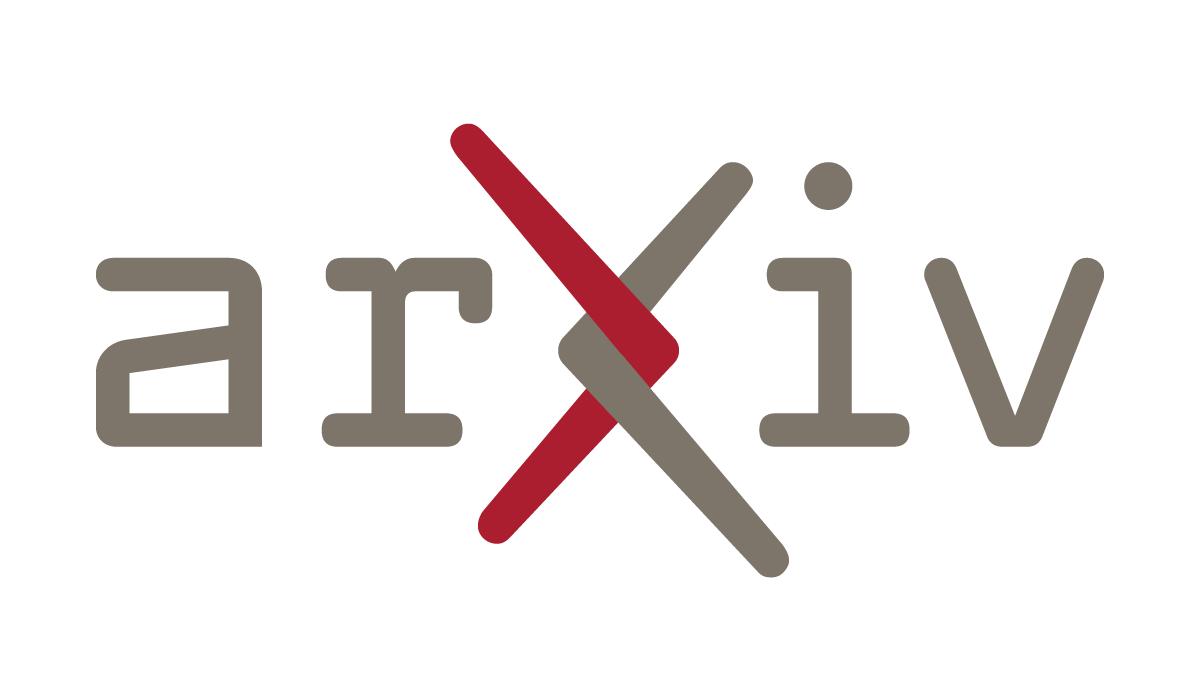
Tang, A. Siddarth, D., & Weyl, E. G. (2023). Plurality: Technology for Collaborative Diversity and Democracy. Cambridge University Press.
https://www.plurality.net/
Interviews og citater
MediaConnect (2025, 4. marts). Audrey Tang: Tokyo's Role in a World of Rapid Change. MediaConnect. https://mediaconnect.com/audrey-tang-tokyos-role-in-a-world-of-rapid-change?lang=en (Kilde til citatet: "We need to keep investing our emotional energy and to insist that emerging technologies, including AI, amplify what is best in us, to connect us, instead of what's worst in us.")
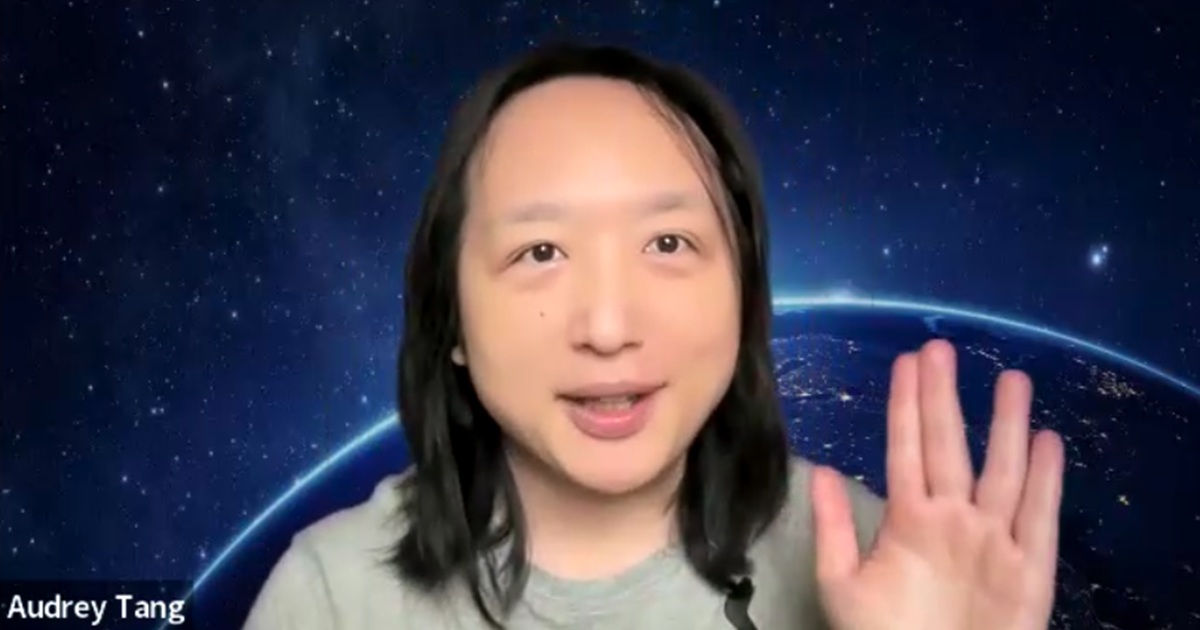
Pillay, T. (2025, 18. februar). A New Vision for Social Media That Builds Communities, Not Division. TIME.
https://time.com/7258238/social-media-tang-siddarth-weyl/ (Indeholder citatet: "Plurality handles the conflicts by finding the consensus that we did not know before everyone could join in the conversation.")
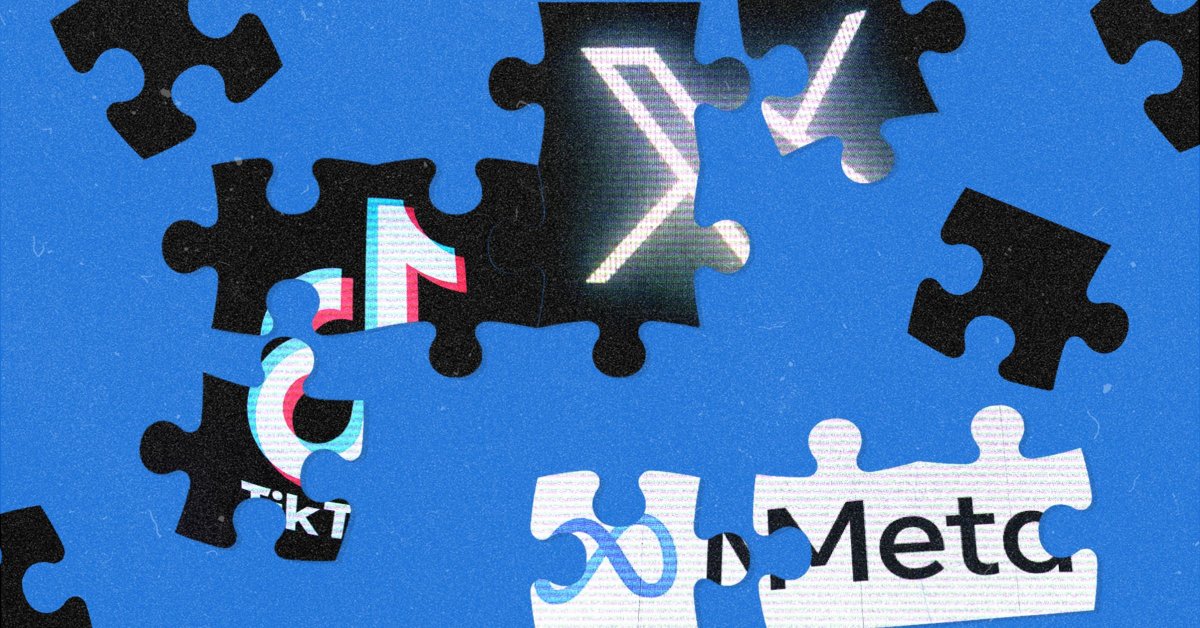
Tang, A. (2024, 10. marts). Prosocial Media: How to Redesign Social Platforms to Strengthen Democracy.
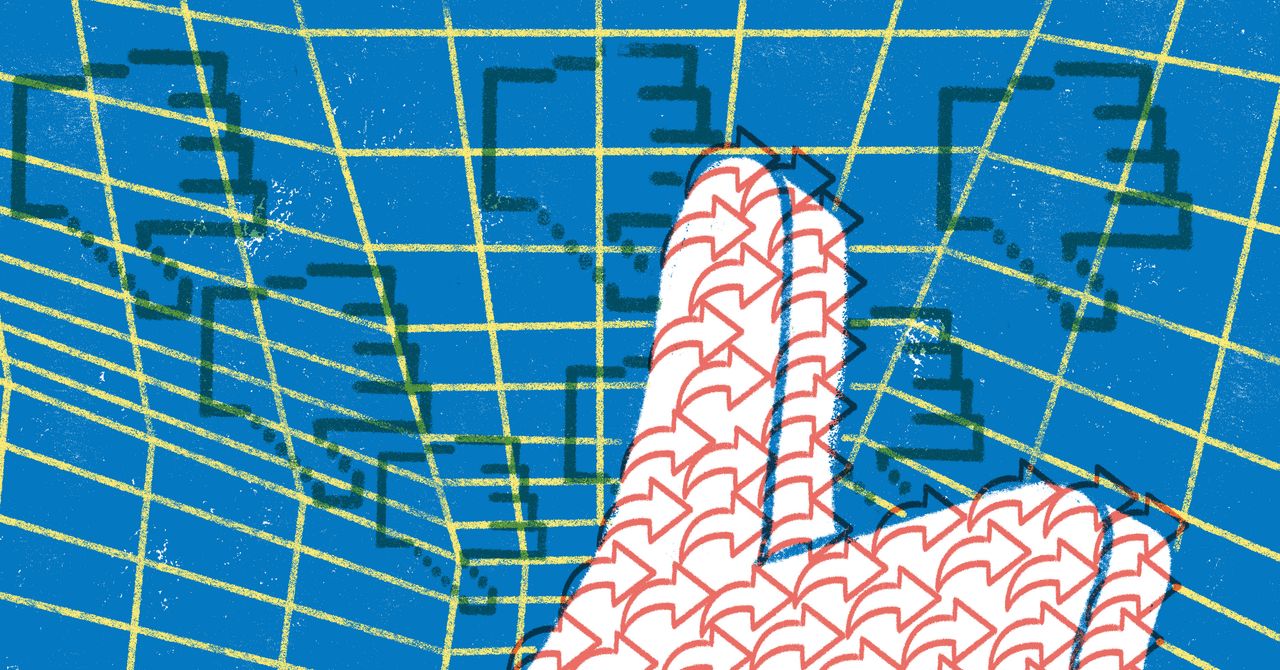
Baggrundsmateriale
Kaufmann, B., & Glatthard, J. (2021, 7. maj). 'Humour over rumour': lessons from Taiwan in digital democracy. SwissInfo. https://www.swissinfo.ch/eng/politics/freedom-of-expression-humour-over-rumour-lessons-from-taiwan-in-digital-democracy/46592080
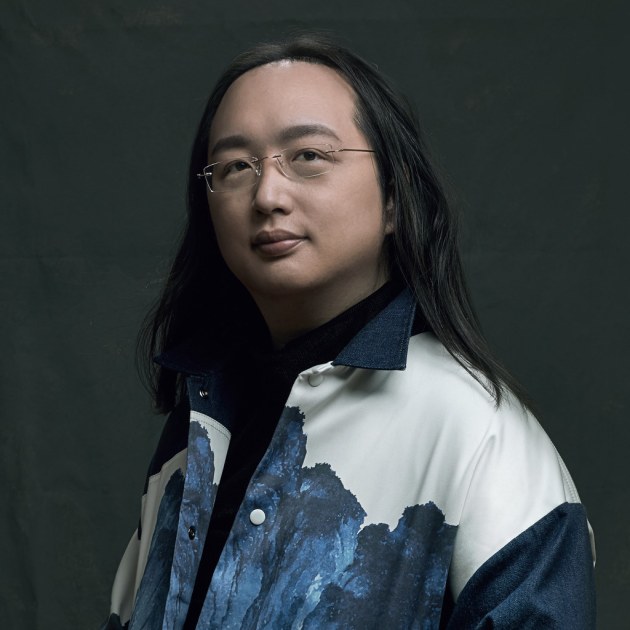
Han, B. C. (2022). Non-things: Upheaval in the Lifeworld. Polity Press.
https://www.wiley.com/en-ie/Non-things%3A+Upheaval+in+the+Lifeworld-p-9781509551705
Chen, F., & Wang, C. Y. (2024, 21. oktober). Using AI to Strengthen Democracy: Audrey Tang on Taiwan's Global Role. CommonWealth Magazine. https://english.cw.com.tw/article/article.action?id=3795
https://english.cw.com.tw/article/article.action?id=3795
Tang, A. (2023). How Taiwan is Using Technology to Foster Democracy. Harvard Business Review podcast. https://hbr.org/podcast/2020/10/how-taiwan-is-using-technology-to-foster-democracy-with-digital-minister-audrey-tang
Praktiske eksempler på prosociale design
Cofacts platform: https://en.cofacts.tw/ (Taiwans community-drevne fact-checking platform)
https://rightscolab.org/case_study/cofacts/
Polis open-source værktøj: https://pol.is/home (Værktøj til at indsamle meninger og finde konsensus på tværs af grupper)
https://pol.is/home
Community Notes på X: https://communitynotes.x.com/about (Eksempel på et prosocialt design-element på en eksisterende platform)
https://help.x.com/en/using-x/community-notes
Fediverse protokoller: https://fediverse.party/ (Introduktion til decentraliserede sociale medier)
https://fediverse.party/











